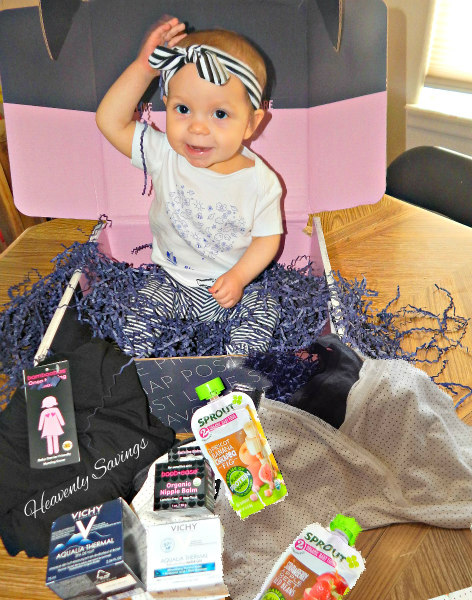Cloth diapers were used ago because they were the only diapers available, but that changed when disposable diapers were invented. Moms everywhere loved how well they fit around babies, and they were much more convenient than cloth diapers. There was no cleaning, the disposable diapers rarely fell apart and it was easy to put them on. At the same time, disposable diapers are expensive, and they are not recyclable. You can spend $1,000 or more on disposable diapers, and they will not biodegrade for years.
On the other hand, cloth diapers are much cheaper. You will commonly spend about $300 for expensive cloth diapers, and cheaper ones will run you about $150 to $200 for the baby. These diapers can also be reused with other children, and they really aren’t that difficult to clean. This guide will show you what type of diapers to buy for your children. It will also teach you how to clean the diapers.
Types of Cloth Diapers
There are four types of cloth diapers. Unless you are getting the all-in-one diaper, which will be discussed later, you will also need to buy a protective layer to ensure that no liquid escapes.
Flat diapers are the most basic. These are typically just pieces of cloth that are very absorbent. You have to fold the flat diapers around your child, and they are secured with a diaper pin. These are the cheapest diapers, but they are also very protective and absorbent. The only downside is that you have to put a little more work into getting the diaper on your child.
Prefolds are cloth diapers that have folds in them, so that you don’t have to worry about folding it around your child. They are typically made from the same cloth that flat diapers are made from. You will still need to secure the diaper with a pin, but they normally stay much better.
Fitted cloth diapers are basically like disposable diapers. They have elastic around the legs and waist to keep them fitted around the baby’s body, and you normally don’t need a pin for this one. At the same time, you will still need a cover for this diaper to ensure that no liquid escapes.
The last type of cloth diaper is the best and most convenient, but it is also the most expensive. All-in-one diapers are like fitted diapers, but they include a cover with the cloth diaper inside of the cover. The two are stitched together, and you don’t need a pin or anything to keep the diaper secure. They are convenient and easy to use, but they also use the most material. At the same time, they are still better for the environment than disposable diapers.
Number of Diapers
You should get at least 24 to 36 cloth diapers. This will give you enough to keep the baby constantly covered, and it also gives you enough time to wash the diapers without rushing yourself.
If you are getting the all-in-ones, then you just need the 24 to 36. If you are getting any of the other three, then you should also buy six or seven covers. You will typically use one or two covers a day, so this gives you several days to clean everything.
Cleaning the Cloth Diapers
Cleaning a cloth diaper isn’t as hard as you would think. Start by getting a bucket. Place all of the diapers in that bucket when you are done using them. You shouldn’t soak the diapers, as this can lead to the spread of diseases. Not only that, but babies are curious about their surroundings, and they may get in the bucket. A bucket full of water can drown them, but a dry bucket doesn’t pose this threat.
You can use a washing machine to get the diapers clean. Just put in all the diapers and set it for one cold or medium cycle. Run them for a second cycle on hot. The second cycle gets rid of any bacteria. You can also add half a cup of baking soda to remove any lingering odors.
Make sure to use a mild detergent when washing the diapers. Harsh detergents can damage your baby’s skin.
Bio:Nicole Sullivanwrites for Organic Baby Nook, an organic baby products guide for earth-conscious parents. Visit the Organic Baby Nook site to find certified-organic baby products, including baby formula that’s both organic and cost-efficient.
– GUEST POST

